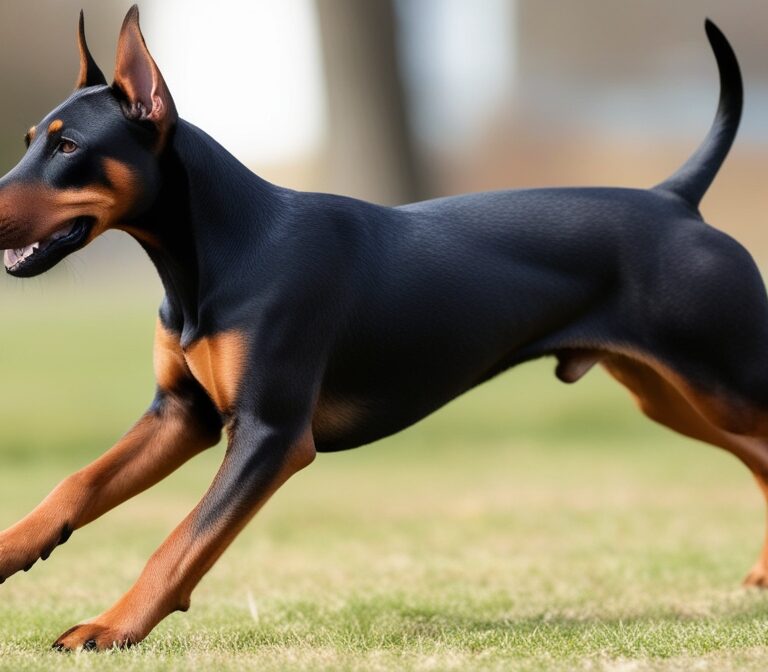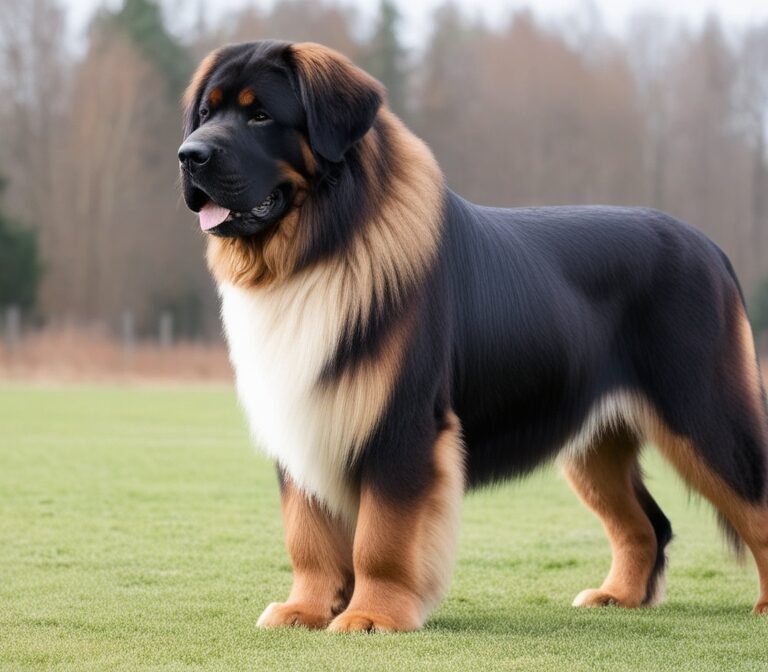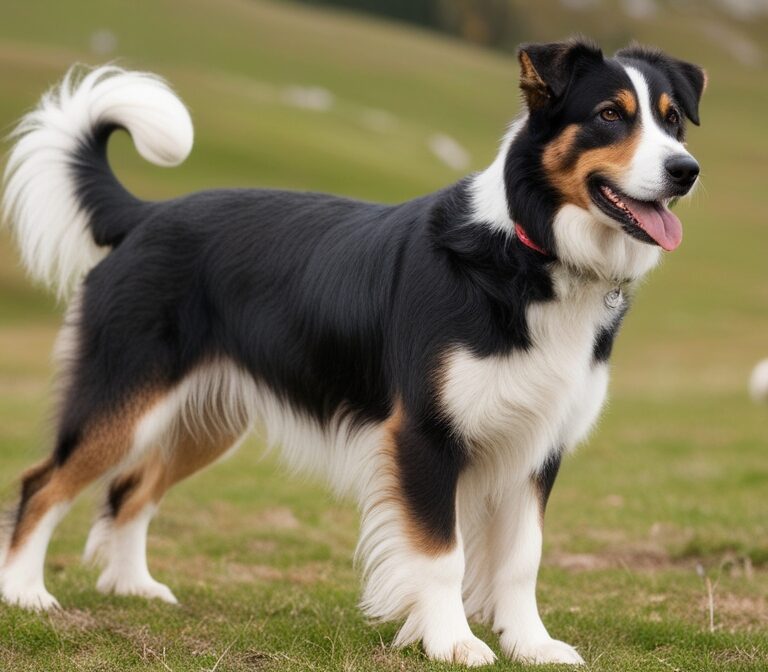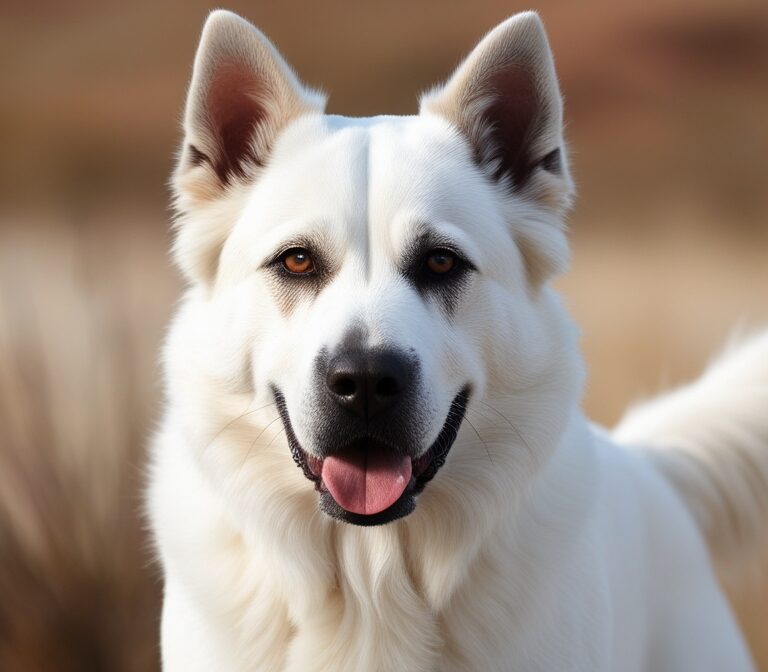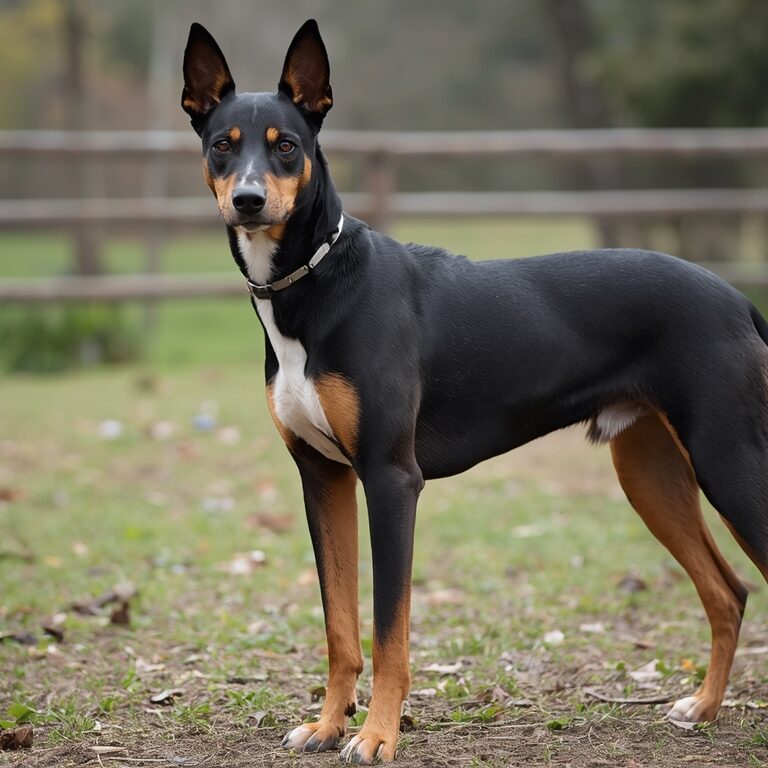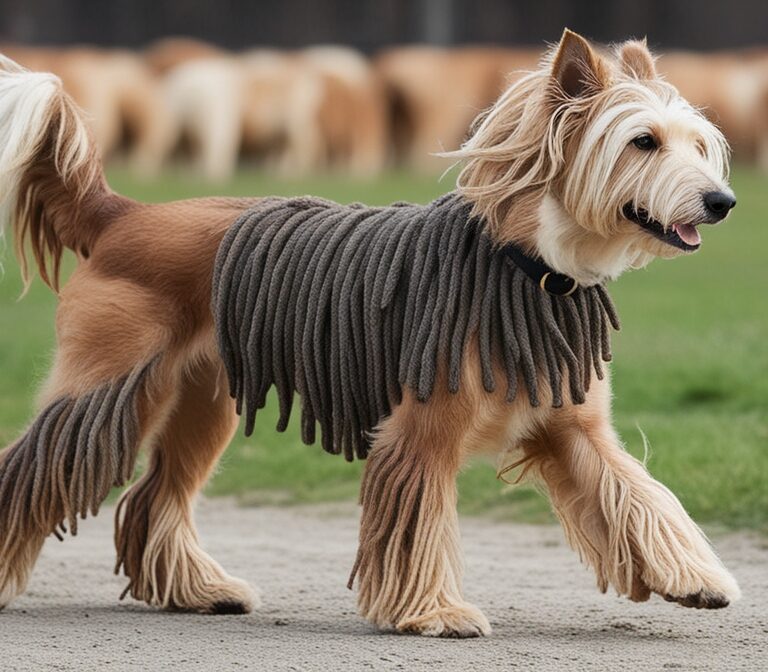Dobermann Dog Breed: Complete Guide to Temperament, Training, Health & Ownership
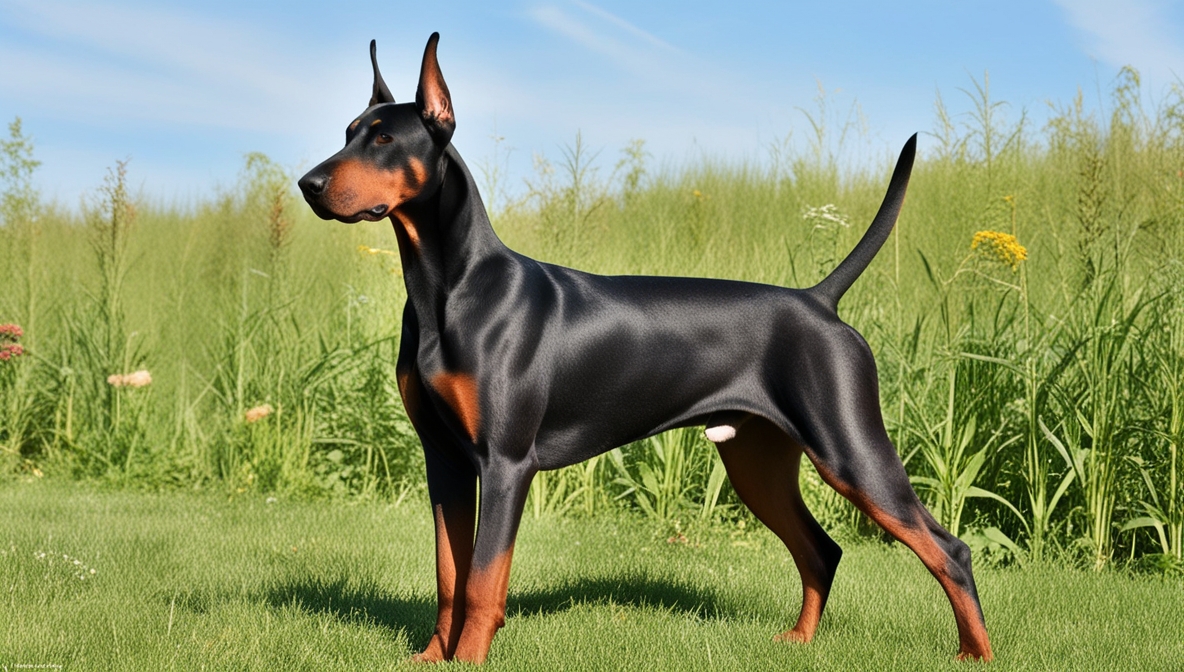
What is a Dobermann?
The Dobermann, also known as the Doberman Pinscher in some regions, is a medium-to-large working dog breed renowned for its intelligence, loyalty, and protective instincts. Originally bred in Germany during the late 19th century, this canine was developed for guarding, protection, and companionship. Recognized worldwide by major kennel clubs, the Dobermann has earned its reputation as one of the most versatile working dogs, excelling in roles ranging from family guardian to police and military service dog.
A typical Dobermann stands between 24 to 28 inches tall at the shoulder and weighs 60 to 100 pounds, depending on gender and lineage. Their sleek, muscular build reflects both elegance and strength, making them one of the most instantly recognizable dog breeds.
The breed is known for its short coat, which comes in a range of official colors including black & rust, red & rust, blue, fawn, and in rare cases, white. Their athletic body, alert expression, and natural elegance make them stand out as high-energy working dogs that require purposeful engagement.
The Dobermann is not only a guard dog but also an affectionate and deeply bonded companion. While they have a reputation for being fierce protectors, responsible training and early socialization reveal their affectionate and loyal nature toward family members, including children.
Brief History of the Dobermann Breed
The Dobermann’s origins trace back to the late 19th century in Apolda, Germany, where Karl Friedrich Louis Dobermann, a tax collector, sought to create a breed that could protect him during his rounds. To achieve this, he selectively bred dogs that combined strength, intelligence, endurance, and loyalty. Although the exact mix of breeds remains debated, historians believe that Rottweilers, German Shepherds, Greyhounds, Great Danes, and Weimaraners were part of the foundation stock.
By the early 20th century, the breed gained recognition for its bravery and versatility, quickly adopted by police forces and military organizations. During both World Wars, Dobermanns were deployed as messenger dogs, sentries, and search dogs, proving their reliability under extreme conditions.
In 1908, the American Kennel Club (AKC) officially recognized the breed, while the Fédération Cynologique Internationale (FCI) established the Dobermann’s breed standard in Europe. Since then, the Dobermann has evolved from a utilitarian working dog to a beloved household companion and one of the most respected protection breeds worldwide.
Today, the Dobermann balances its historical role as a protector with the affectionate and family-oriented temperament it is celebrated for.
Karl Friedrich Louis Dobermann – Creator of the Breed
The breed owes its name and existence to Karl Friedrich Louis Dobermann (1834–1894), a German tax collector and dog catcher. At a time when tax collecting was risky, Dobermann desired a dog that was fearless enough to protect him, yet intelligent enough to follow commands. His goal was not just to create a guard dog but a versatile working breed that could serve multiple roles.
Dobermann’s profession as a dog catcher gave him access to various breeds, which he crossbred systematically. The resulting dog became known for its courage, speed, and sharp instincts, making it ideal for protection and police work. Unfortunately, Karl Dobermann died before seeing his creation gain worldwide recognition.
His successors and breeders in Germany continued to refine the breed, emphasizing temperament, agility, and appearance. The Dobermann Club of Germany, established in 1899, played a major role in formalizing breed standards.
Karl Dobermann’s vision of a loyal guardian still defines the breed today. Every modern Dobermann embodies his philosophy: a dog that is elegant yet powerful, protective yet affectionate, and intelligent yet obedient.
Dobermann in Germany and Global Recognition
The Dobermann’s German heritage is central to its identity. After Karl Dobermann’s death, German breeders such as Otto Goeller took over and shaped the breed into the athletic, noble-looking dog we recognize today.
The breed became widely recognized for its service during World War I and World War II, where it earned the nickname “Devil Dog” for its fearless contributions on the battlefield. In particular, Dobermanns served as scouts, messengers, and guards, with their loyalty and courage celebrated in military history.
In 1908, the AKC recognized the Doberman Pinscher in the United States. Over the following decades, the breed spread globally, with kennel clubs in Europe, Asia, and South America establishing breed standards. While the American version emphasizes a slightly sleeker build, the European Dobermann maintains a more robust working-dog frame.
Today, the Dobermann is officially recognized by:
- American Kennel Club (AKC)
- Fédération Cynologique Internationale (FCI)
- United Kennel Club (UKC)
- The Kennel Club (UK)
From Germany to the U.S. and beyond, the Dobermann is now regarded as a top choice for families, working professionals, and canine enthusiasts who value intelligence and loyalty.
Breed Standards: AKC vs FCI
The Dobermann is a breed recognized globally, but its official breed standards differ slightly depending on the registry. Two of the most influential organizations are the American Kennel Club (AKC) and the Fédération Cynologique Internationale (FCI), and their guidelines shape how Dobermanns are bred, judged, and presented in shows.
The AKC standard describes the Doberman Pinscher as elegant, medium-sized, and squarely built, balancing strength with agility. Males typically stand 26 to 28 inches, while females measure 24 to 26 inches. The standard emphasizes a compact, muscular body, a proud stance, and a head that is long and dry with a wedge-shaped skull. Docked tails and cropped ears are still common in the U.S., although cropping is optional and increasingly debated.
The FCI standard, followed in Europe and most other regions, emphasizes the Dobermann as a working breed. Here, the dog is described as strong, noble, and alert, with males standing 27 to 28 inches and females 25 to 27 inches. The European Dobermann often has a slightly heavier bone structure and a more robust physique compared to the American line. Unlike the AKC, the FCI increasingly discourages ear cropping and tail docking, considering them unnecessary cosmetic alterations.
Key distinctions include:
- Appearance: American Dobermanns lean toward elegance, European Dobermanns emphasize strength.
- Purpose: AKC standards highlight companionship and conformation shows, while FCI stresses working ability.
- Ear/Tail Practices: Accepted in the U.S., but restricted or banned in Europe.
Understanding these standards is essential for breeders and owners, as they influence health testing, ethical practices, and breed preservation. Whether AKC or FCI, both emphasize the Dobermann’s balance of athleticism, intelligence, and protective temperament.
Dobermann Size and Weight
The Dobermann’s size reflects its role as a working guardian breed. This dog is medium-to-large with a body that is compact, muscular, and balanced. Breed standards vary slightly, but most Dobermanns fall within these ranges:
- Males: Height 26–28 inches, Weight 75–100 pounds
- Females: Height 24–26 inches, Weight 60–90 pounds
The Dobermann’s physique is squarely built, meaning their height and body length are nearly equal. This symmetry gives them graceful movement and endurance, qualities essential for agility, obedience, and protection work. Their strong, lean muscles are visible beneath their short coat, adding to their reputation as athletic guardians.
Growth is relatively fast in puppies. By 12 months, most Dobermanns reach 90% of their adult height, though they continue to fill out in muscle mass until around 2 to 3 years of age. Proper nutrition and exercise during these formative years are critical to avoid joint issues and ensure optimal growth.
Because of their deep chest and long legs, Dobermanns excel in activities requiring speed and agility, making them highly capable in sports like Schutzhund, agility trials, and protection competitions. Their size also strikes a balance: large enough to be intimidating to intruders but not so massive as to limit mobility.
For prospective owners, size directly impacts space requirements, feeding costs, and exercise needs. These are not apartment-friendly dogs unless provided with ample outdoor activity and structured training.
Coat Colors and Patterns
The Dobermann’s short, sleek coat is one of its most defining features. Low-maintenance yet elegant, this coat comes in several recognized colors depending on kennel club standards.
Common Colors:
- Black & Rust – The most iconic and recognized, with sharp rust markings on chest, muzzle, paws, and eyebrows.
- Red & Rust – A striking alternative, often described as chocolate in hue.
- Blue & Rust – A diluted black, appearing grayish-blue.
- Fawn (Isabella) & Rust – A diluted red, lighter in tone.
Rare or Controversial Colors:
- White (Albino) – Extremely rare and controversial due to health concerns like light sensitivity, skin cancer risk, and poor genetics. Many registries discourage breeding albino Dobermanns.
The AKC recognizes black, red, blue, and fawn with rust markings. The FCI standard only accepts black and brown with tan markings, making their guidelines stricter.
Dobermanns are always bi-colored, with clearly defined rust markings located on the muzzle, chest, legs, and under the tail. These markings add to their sharp and alert expression, reinforcing their elegant yet powerful appearance.
Unlike long-haired breeds, the Dobermann’s coat requires minimal grooming. Weekly brushing with a rubber curry mitt is sufficient to keep the coat shiny and reduce shedding. Their sleek coat makes them more sensitive to cold weather, so owners must provide warmth in colder climates.
Coat color can also influence popularity and demand. Black & rust remains the most sought-after worldwide, while red & rust is growing in popularity. Blue and fawn Dobermanns are less common due to genetic dilution and health concerns like color dilution alopecia.
Ears, Tail, and Appearance Standards
One of the most debated topics in Dobermann ownership is ear cropping and tail docking. Traditionally, these practices were performed for functional and aesthetic reasons. Cropped ears gave the Dobermann a more alert expression and were believed to reduce ear infections in working dogs, while docked tails prevented injuries during protection or military work.
Traditional Standard:
- Cropped Ears: Standing upright, giving the breed its fierce, alert look.
- Docked Tail: Short, carried high, enhancing the square appearance.
Modern Changes:
- In the U.S., cropping and docking are still widely practiced and permitted by the AKC breed standard.
- In Europe, cropping and docking are banned in many countries under animal welfare laws. The FCI standard permits natural ears and tails, and this version is becoming more accepted worldwide.
Appearance standards extend beyond ears and tails. The Dobermann is described as muscular, elegant, and balanced, with:
- A wedge-shaped head with strong jaws.
- Dark almond-shaped eyes conveying alertness.
- A deep, broad chest for stamina.
- A smooth, tight coat highlighting the athletic build.
Owners should note that while ear cropping and tail docking remain personal or regional choices, the Dobermann’s protective temperament, elegance, and loyalty remain unaffected. Increasingly, natural-eared Dobermanns are being celebrated for their softer, approachable look without diminishing their working abilities.
Intelligent and Loyal Nature
Dobermanns are consistently ranked among the top five most intelligent dog breeds. According to canine psychologist Stanley Coren, they are capable of understanding new commands in fewer than five repetitions and obeying the first command 95% of the time. This intelligence, combined with their loyal temperament, makes them highly trainable and deeply bonded to their owners.
The Dobermann thrives on human companionship. They are not dogs that enjoy isolation; instead, they form strong attachments and are often described as “velcro dogs” because they prefer to stay close to their owners. Their loyalty makes them excellent family dogs, provided they are trained and socialized from an early age.
This breed is also highly sensitive to emotions. Dobermanns can read human moods remarkably well, offering comfort when their owners are stressed or providing alertness when they sense danger. Their intelligence means they require constant mental stimulation, or they may develop behavioral issues such as destructiveness or excessive barking.
The combination of loyalty and intelligence also makes Dobermanns excellent in working roles. They excel in police work, search and rescue, and protection training because they can follow complex commands under pressure while maintaining strong dedication to their handler.
For families, this temperament translates to a protective yet affectionate companion. Dobermanns are gentle with children when raised around them, though supervision is recommended due to their size and energy. Their devotion to their “pack” makes them not only guardians but also loving family members.
Protective Instincts of Dobermanns
The Dobermann’s protective nature is one of its most defining traits. Bred specifically to guard and defend, this instinct remains deeply ingrained in the breed’s DNA. Unlike some breeds that may bark without reason, Dobermanns possess discerning protective behavior — they can distinguish between genuine threats and harmless situations when properly socialized.
Their natural territorial instinct makes them excellent watchdogs. They are quick to alert owners of unusual activity and can shift from calm companions to fearless protectors when necessary. Unlike breeds that may hesitate, Dobermanns are known for their courage and willingness to act when they sense danger.
What sets the Dobermann apart is its balanced protection drive. While intimidating in appearance, a well-trained Dobermann does not show unnecessary aggression. Instead, they display controlled assertiveness, standing guard until commanded otherwise. This makes them ideal for roles as guard dogs, police K9s, and military service dogs.
Protective instincts also extend to the family. Dobermanns are known to be especially protective of children in the household, often positioning themselves between the child and perceived threats. Their strong bond with their family means they will risk their lives to defend their loved ones.
However, protective instincts must be honed through training and socialization. Without proper guidance, a Dobermann may become overly suspicious or reactive. Professional obedience training ensures the dog learns to channel protective instincts responsibly, making them both safe companions and reliable guardians.
Conclusion:
The Dobermann stands as one of the most iconic dog breeds in the world, combining elegance, intelligence, and protective instincts into a single companion. Originally bred in Germany by Karl Friedrich Louis Dobermann for protection, this breed has evolved into a versatile working dog and a devoted family guardian.
What makes the Dobermann unique is its ability to balance strength with sensitivity. It is a fearless protector when danger arises, yet it is equally affectionate and loyal to its family. With proper training, socialization, and care, Dobermanns thrive as companions, watchdogs, and service dogs.
The breed’s physical characteristics—muscular build, sleek coat, and noble stance—make it instantly recognizable, while its temperament—intelligent, obedient, and loyal—makes it a top choice for families and professionals alike. From police forces to therapy work, the Dobermann has proven its adaptability across roles.
However, ownership requires commitment and responsibility. This is not a breed for passive or inexperienced owners. The Dobermann’s high energy levels, strong protective instincts, and intelligence demand consistent training, daily exercise, and mental challenges. In return, owners gain a lifelong bond with one of the most loyal dog breeds ever developed.
For those seeking a dog that is fearless yet affectionate, protective yet gentle, elegant yet powerful, the Dobermann remains an unmatched choice. It is more than just a dog breed—it is a legacy of loyalty, courage, and companionship that continues to captivate dog lovers worldwide.
